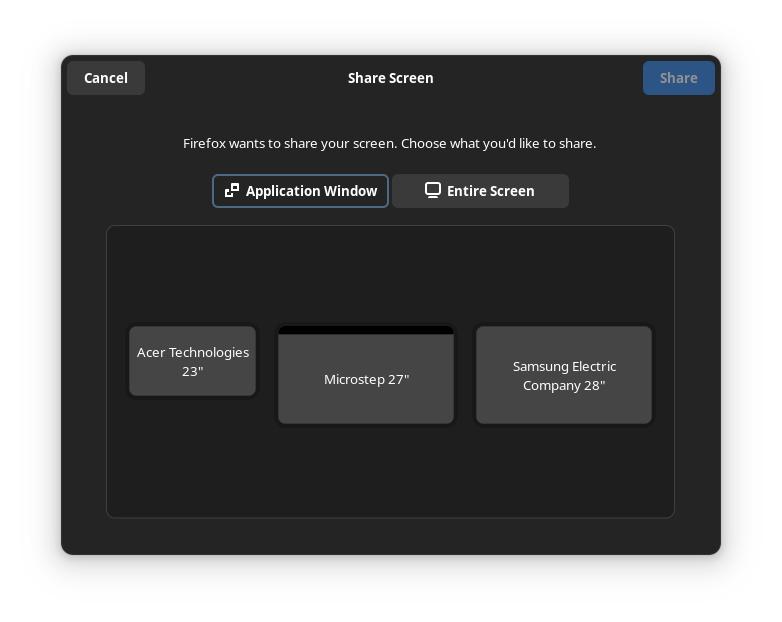Because these buckets probably don't exist (citation needed on all of these, I don't have access to data from a large online store).
I suspect that this is actually a "good" recommendation in the face of many other facts.
- Any recommendation has a very low risk of success. Outside of searching contexts (where there is clear intent) I suspect that the chance of a recommendation leading to a purchase is <1%.
- You usually make more money from bigger sales. So showing a 1% expected $1k GPU is better than showing a 20% expected purchase $20 pair of sunglasses (and I doubt any recommendation has 20% purchase rate outside of clear sources intent).
- People return things. Return rate is much higher than 1% on many platforms and some good chunk of these will want a similar product to replace the defective/bad/unsuitable one.
- For Amazon this maybe isn't a good excuse because they should be able to incorporate return information into the recommendations. But even then, lots of people may prefer to order a second one before going through with the return. Maybe they want to do a comparison to be sure that they like the new one more before sending the first back.
- People do have uses for multiple even for things that wouldn't seem that way at first glance. If I just bought a GPU and am happy with it maybe my partner needs an upgrade (or gets a little jealous). Maybe I will see a similar or identical product recommended and get it for her. Maybe I like my new fridge and also want to replace my second basement fridge with it, or maybe the quietness of the new one made me realize how loud the other one is and I want to get a similar model to replace it.
- People recommend things to each other. Maybe I just bought a GPU and my buddy is asking if I like it. The next day I see a recommendation for a GPU that I think is a good open for them, I send the link.
Yes, all of these scenarios are unlikely, but I suspect that is actually significantly higher than the baseline, and for the big items that people usually complain about much more profitable. I suspect you see these ads because they work. Not as in they are often right, but that they have higher expected value than other available ads.

Here is the problem with crop quality:
So there is basically no business pressure to have crops be nutritious.